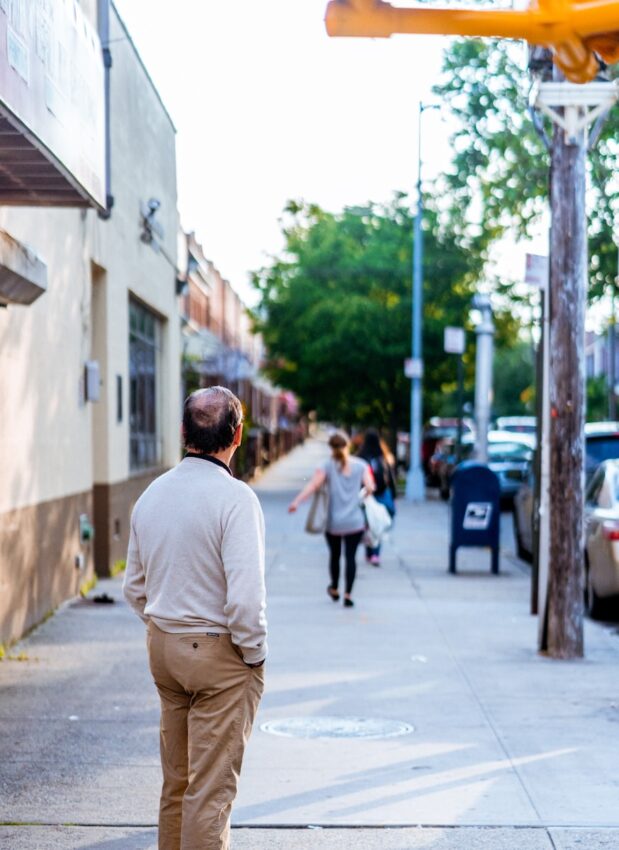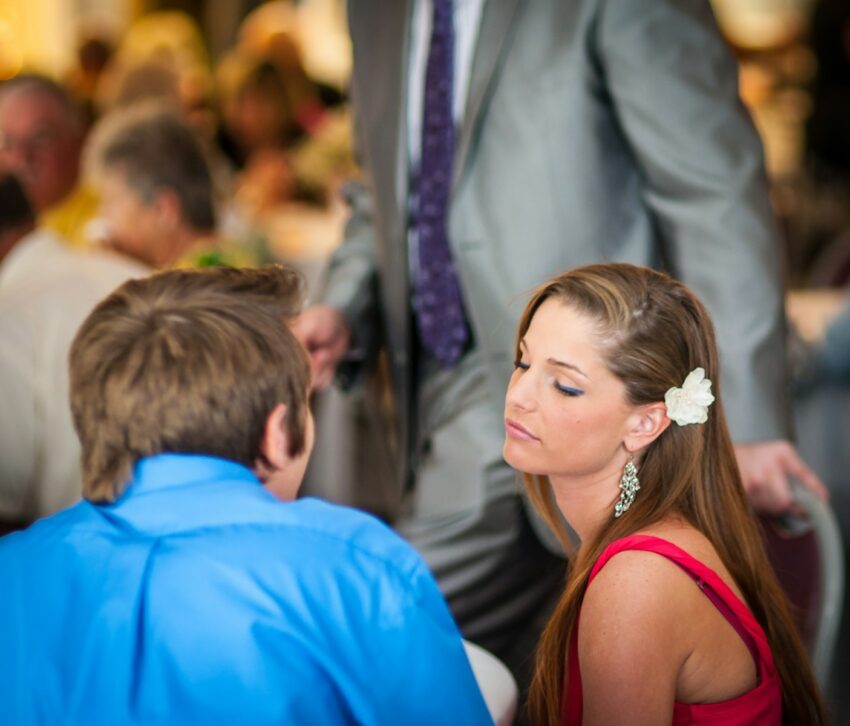In Australia, domestic violence is a major issue.
Often resulting in physical injury, emotional suffering, psychological trauma and sometimes even death, it primarily affects women and children across all demographic and socioeconomic groups. This type of violence can have a majorly damaging impact on individuals, their families and the communities in which they live. Potentially, lasting for decades.

For many people, it can be hard to admit that something feels wrong in a relationship. Indeed, most picture abuse as being purely about physical violence. However, it can also take the form of emotional manipulation, controlling behavior, or constant criticism. These moments might start small, yet over time, they can wear down your confidence, affect your mental health and overall sense of safety.
One of the keys to ending domestic violence is to recognize the signs of it as early as you can. Doing this will ensure you and those you love get the protection you need. It doesn’t matter if you’re wondering about your own relationship or worrying about that of a friend. Understanding what abuse looks like is the first step toward change.
Domestic Violence Stats in Australia
Australia prides itself on being “The Lucky Country”. But its levels of domestic violence make a mockery of this label.
According to the most recent figures from the Australian Bureau of Statistics (ABS) Personal Safety Survey (PSS) in 2021–22, 1 in 6 women, and 1 in 18 men, had experienced physical and/or sexual violence by a current or previous cohabiting partner. That equates to 3.8 million Australian adults or 20% of the population.
Moreover:
- 11.3% (2.2 million) had experienced domestic violence from a current or previous cohabiting partner
- 5.9% (1.1 million) had experienced it from someone they were dating
- 7.0% (1.4 million) had experienced violence from a member of their family
More gallingly in 2023–24:
- 57 women and 33 men were the victims of domestic homicide in Australia.
- Of them, 55 were killed by an intimate partner and 35 by a family member.
On average, every eight days, one woman is killed by an intimate partner. For men, the figure is around 41 days.
This has to stop.

How Do I Know If I’m in an Abusive Relationship?
So, how do you stop domestic violence?
One way is to recognize that you are in an abusive relationship when you start to feel uneasy at home. Abuse isn’t always obvious, and it doesn’t always leave bruises. Often, it begins with subtle shifts in how someone treats you. This can manifest as a controlling tone, a cruel joke, or the silent treatment when you speak your mind.
Some early red flags in relationships include:
- You feel anxious around your partner, especially when sharing your thoughts.
- They check your phone, emails, or messages without permission.
- They criticise you in front of others or make jokes that put you down.
- They isolate you from family or friends.
- You feel like you’re walking on eggshells to keep the peace.
If any of this sounds familiar, it may be time to reach out for help.
Speaking with trusted friends, a counsellor, or even domestic violence lawyers from Astor Legal and other similar firms can help you understand your options.
You don’t need to face your situation alone.
What Are the Warning Signs of Emotional and Psychological Abuse?
Not every form of abuse leaves visible marks. Emotional abuse signs often show up in the way a person talks to you or controls your emotions. For instance, they may call you names, dismiss your feelings, or make you feel guilty for wanting time apart.
On the other hand, psychological abuse in relationships can involve gaslighting. This is where your partner or family member twists events or denies things they’ve said to make you doubt your memory or sanity.
Examples of Subtle but Harmful Behaviours
Some toxic relationship behaviors can seem caring on the surface. But they are really about control. For example, your partner might insist on handling all the money “because it’s easier” or want to know where you are “to keep you safe.” While these actions can sound considerate, they may also be signs of a controlling partner.
Other examples include constant “checking in,” guilt-tripping when you see friends, or making major decisions without your input. These behaviours can strip away your independence, confidence, and mental health.
If this sounds familiar, know that emotional and psychological abuse are real. And they can be just as damaging as physical harm.
How Can I Tell If My Partner Is Being Controlling or Abusive?
Most healthy relationships are built on respect, communication, and trust. So, if you are constantly nervous around your partner or feel like you are constantly watched, judged, or unsafe, take those as warning signs of abuse.
Here’s a simple comparison to help you tell the difference.
In a healthy relationship:
- Both partners share opinions freely
- You can see friends and family anytime
- Disagreements stay respectful
- You feel supported and safe
By contrast, in a controlling or abusive relationship:
- One person dominates every decision
- Your partner gets upset when you socialise
- Arguments turn into threats or silent treatment
- You feel scared or worthless
Remember, abuse can happen to anyone. It doesn’t matter how strong, educated, or independent you are. It’s not your fault. So, if you recognise more of the latter than the former, it may be time to reach out for help.
What Should I Do If I Recognise These Signs?
Realising you might be in an abusive situation can be very confronting. But your first step should be to safely get help for your abuse. Some ways to do this include:
- Talking to someone you trust, such as a close friend, counsellor, or helpline worker.
- Keeping records of incidents or messages.
- Creating a safety plan and having a bag of essentials ready in case you need to leave quickly.
If you feel in immediate danger, call 000. Alternatively, please, reach out to 1800RESPECT for 24-hour confidential support.
